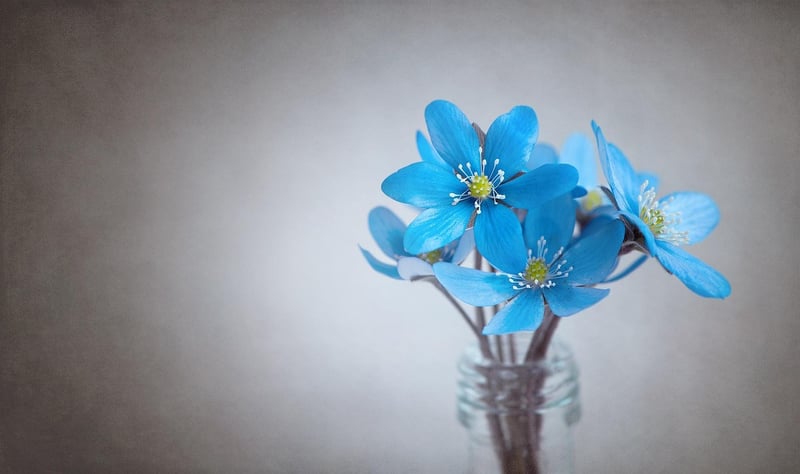Pruning Techniques
Guide to Nurturing Plants and Pruning Techniques
Nurturing Plants
Whether you are a seasoned gardener or a beginner, proper plant care is essential for healthy growth and blooming. Here are some tips to help you nurture your plants:
1. Watering
Ensure plants receive adequate water based on their specific needs. Overwatering or underwatering can harm plants.
2. Sunlight
Place plants in locations where they can receive the right amount of sunlight. Some plants thrive in direct sunlight, while others prefer shade.
3. Fertilizing
Use appropriate fertilizers to provide essential nutrients for plant growth. Follow instructions carefully to avoid over-fertilizing.
4. Pruning
Regularly prune dead or overgrown branches to promote new growth and maintain plant shape. Pruning also helps improve air circulation.
Pruning Techniques
Pruning is a crucial aspect of plant care that involves removing specific parts of a plant to benefit its overall health. Here are some common pruning techniques:
1. Pinching
Pinching involves using your fingers to remove the tips of new plant growth. This technique encourages branching and a bushier plant.
2. Thinning
Thinning requires selectively removing entire branches or stems to improve air circulation and allow more light to reach the plant's interior.
3. Heading
Heading involves cutting back a portion of a branch to stimulate new growth. This technique is often used to control plant size and shape.
4. Deadheading
Deadheading is the process of removing spent flowers to redirect energy into new growth and encourage continuous blooming.
By following these nurturing and pruning techniques, you can help your plants thrive and flourish, creating a beautiful and healthy garden.

For more detailed guidance on plant care and pruning techniques, consult with your local gardening center or horticulturist.
Remember, each plant species may have specific care requirements, so it's essential to research and understand the needs of your plants to ensure their well-being.
